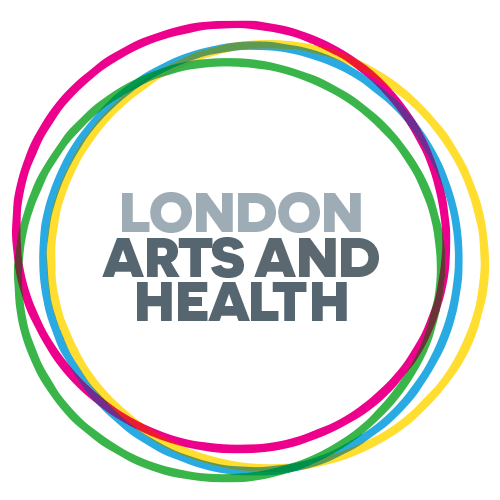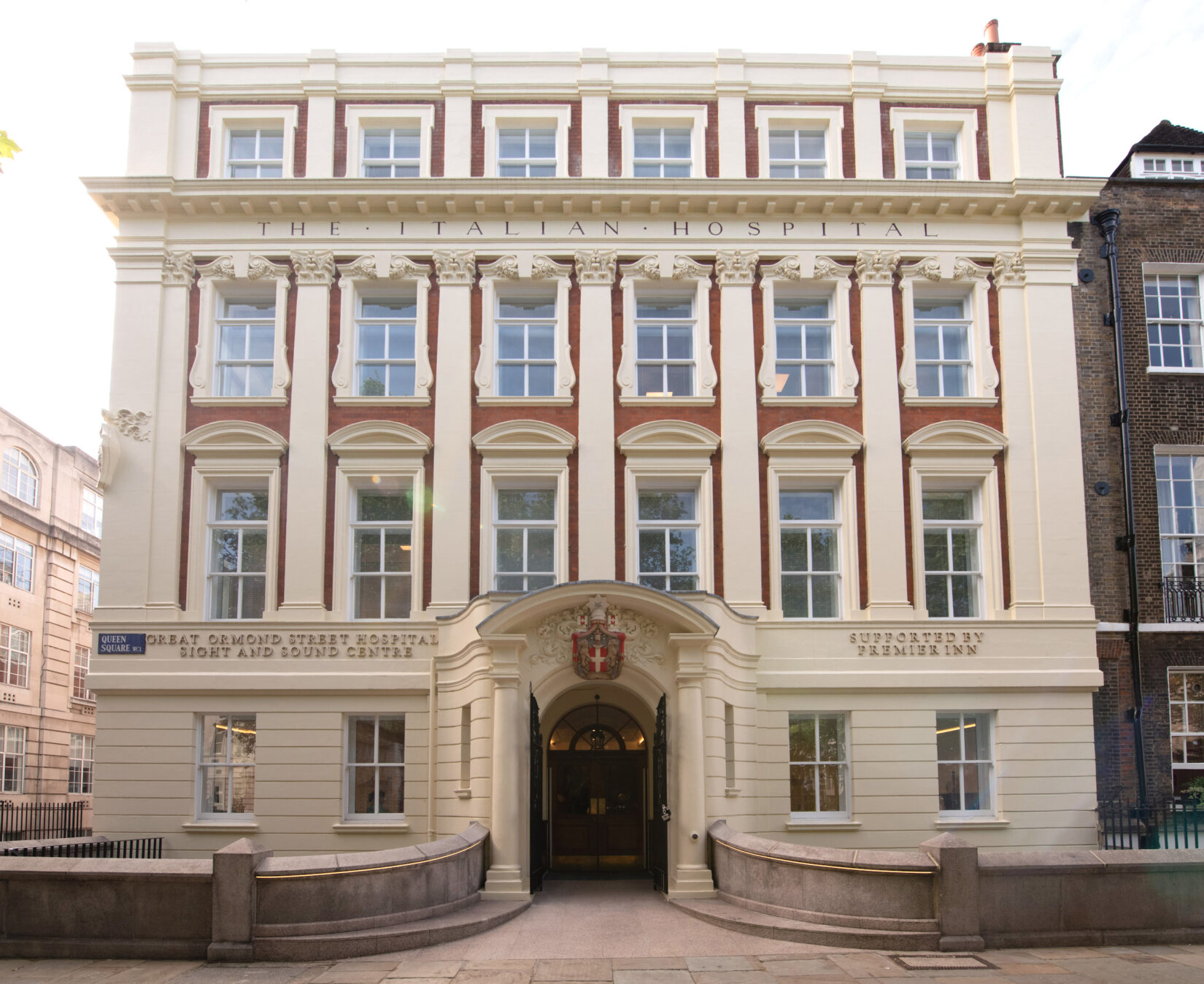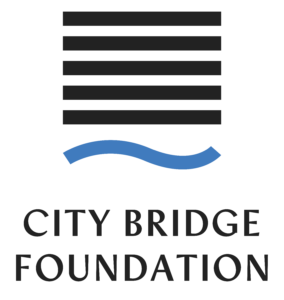Written by Zara Mahmood Digital Assistant at LAH
Here at LAH we are always looking to promote art work in places that you might not necessarily think you will find. We had a chance to be given a tour of Great Ormond Street Hospital to see and hear about the many pieces of artwork that have merged into its environment.
Great Ormond Street Hospital is a specialist hospital for children. It has no Accident and Emergency and only referral patients attend the hospital. The hospital also has patients from all around the world who have been referred to the hospital and even have their own international wards in the Octav Botnar Wing.The hospital has a small team GOSH Arts who work with artists and cultural organisations to deliver an arts programme with patients, families and staff.
The new Sight and Sound Centre has a long history behind it. It was first designed as the Italian hospital for the Italian community that moved to the area during the mid 1880s, it was opened in 1900 by the Italian Ambassador. After its closure it was reopened during WW2 for the soldiers. It was then opened as the sight and sound outpatient facility supported by Premier Inn which it stands as today. This history is told through a specially commissioned mini opera by Filament Theatre from research from the GOSH archives and interviews with the local Italian community.
The building’s architectural heritage is protected both externally and internally with features such as an old fireplace and original staircase, and the small chapel which sits right at the top has now become a staff kitchen and social area, the stained glass windows can still be admired today. The building is designed overall to not overwhelm the senses, it has small rooms with specially designed lighting and acoustics that are easy on the senses.
The first art piece you will discover is at the entrance of the facility the Wall of Thanks where you will find the names of donors and messages from children designed in different materials. This is a donor artwork acknowledging all the support towards the funding of the hospital and some of the art pieces.


The artists who designed the art pieces for the building ensured that they are multisensory. The artist Lubna Chowdhary designed many ceramic tile pieces with various shapes and textures for children with sight impairments. Her artwork is called ‘Past Lives, Future Tools’. The artist worked with children to see what future instruments would look like after exploring the work of Giovanni Battista Ortelli the founder of the hospital who made his fortune creating eye-glasses and lenses. The children’s designs have been included in the art pieces which can be found in many places throughout the building but especially in the waiting area. The colours of the tiles compliments the architecture and theme of the whole building.
Another sensory art piece is the Pythagoras Stairs by artist Oliver Beer. This remarkable art piece is designed in such a way that when one is walking up and down the staircase gentle sound will be generated in the organ pipes which allows us to explore movement and sound. The concept was very impressive and is truly one to be experienced.

The art groups of the hospital, the artists, children, staff and donors were really meticulous when it came to the design, colour, theme and formation of every piece. Each and every piece reflected the principles and values of the hospital and became a natural part of the building.
The Sight and Sound Centre itself is designed to the very detail in such a way that you would never have guessed you were walking inside a hospital clinic. Another detail is that the stairs are covered by mesh or woven material pieces and not something you would usually expect to find inside a clinic or hospital. Each and every piece designed in the facility from the art pieces, to the colour schemes have been created in such a wholesome way that you feel like you’re walking through a wellbeing facility rather than a scary hospital.
Behind the scenes there is a research project led by Bristol University Sensing Spaces of Healthcare; Rethinking the NHS Hospital exploring staff, patients and families experiences of hospital design. The Sight and Sound Centre is one of two case studies, so far the young people’s forum have been helping the researchers think about good sensory design.

Walking through the Sight and Sound Centre and other buildings that are part of Great Ormond Street Hospital is a truly appreciative experience in understanding the benefit that art brings in places like hospitals where the most vulnerable are. The art has shown to lighten the mood, speed up recovery times, be a means of ease in times of respite and most importantly help the staff members work more efficiently. More academic research should be done to show real data in terms of the beneficial wellbeing art work can bring to places like hospitals and clinics so that we can see art in all hospitals and to make a scary place welcoming and normal.
To learn more about the art work at GOSH you may contact the organisation here.





